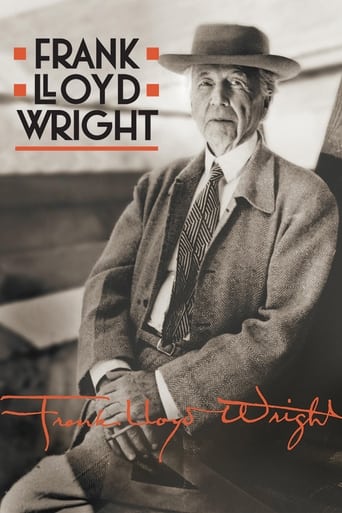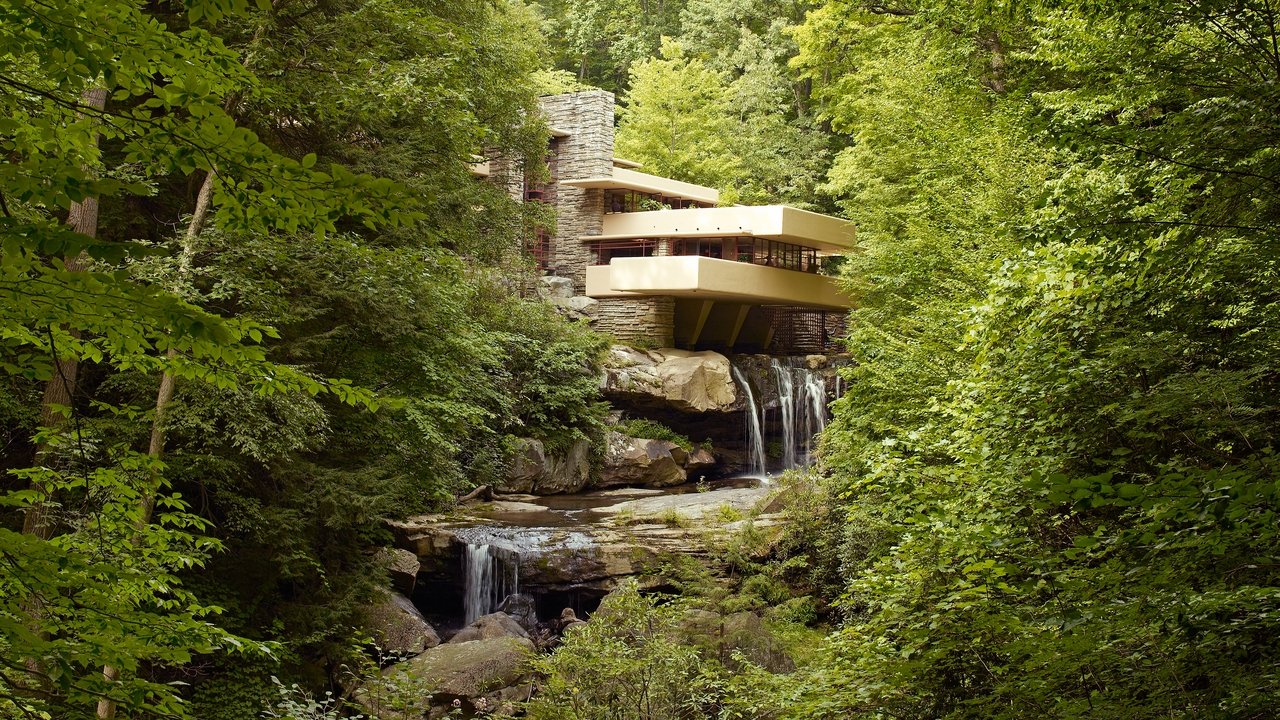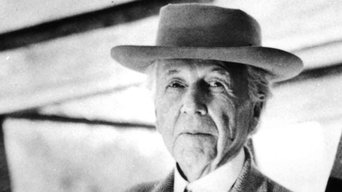tedg
I don't think I like Ken Burns very much. We are at cross purposes. He comes to give me a good story, tight with no lapses, that moves smoothly without holes. What I come for is insight, the holes, the spaces, the sight you get from emptiness. I cannot imagine a less suitable topic for the Burns approach than this particular mind.He wants to tell the story of a genius, and like so many storytellers he constructs the man and assumes that as we know him, we will know his works, which are assumed to flow from his makeup. So we get a linear history: birth, life (a long one), death. Events happen and along the way out pops a building which we take the time to briefly visit. The passion of the man and indeed the transcendence of some of the spaces are conveyed not through firsthand cinematic experience, but through the passionate reporting of experts. I must admit their passion is contagious and they held my interest. But there was no experience with the space. Apart from grand notions of unitarian communion with nature, no spatial ideas. We have a truly unfortunate decision, that architecture in the first moments is made analogous to music, the constructions being the same. Then when a spatial experience is expected, we get swelling of this and that classical piece; Beethovan caps it as we tour the Guggenheim. The documentary moves at the now standard TeeVee pace with no long form building because of those commercials (yes, in public broadcasting). While it flows, the whole world of Wright is about stillness, holding, breath not yet breathed. His spaces do not flow, like say his contemporaries Horta or the best of Gaudi. They are of the landscape, inspired by Japanese Buddhist ideas of still containment. The form of the film fights the architecture and the ideas behind it.I advise you not to see this because it will mess you up. Until he was 63, Wright was an essayist, not a novelist. He made buildings as statements, not as working whole environments. They were not designed to work, but rather to give the impression that they could. This makes them important of course, but you need to appreciate that the best architecture is not the one with signs, and probably not the one that seems easy to read. It surely is not the one that bends people to the space rather than the other way around.It is good to know about his history, the family, the Ouspensky-inspired apprentice program and the obsession with Japan. It is good to know that he was a passionate man, sexually attuned and spiritually bound to his women. But the impression we get is that he was a ball of creative fire, throwing grand designs off casually. That was the myth he invented. In fact he was an ordinary architect and a second-rate celebrity until 63 and he knew it. He was promoting a talent larger than what he had or could be. At 63 — exactly like Kurosawa — his inner demons drove him nearly to suicide. Kurosawa tried.At that point, considered obsolete he reinvented himself into a man of true vision. It would have been good to have been told that this came from constant fawning attention from the curated apprentices his wife surrounded him with. And that he had a sensual-spiritual- sexual awakening at that age. Everything after that was about the form. He would lack subtlety until he died, but he could conceive the form whole first and then explain it to the paper, carrying the scrolls like scripture.That crisis that changed him among the many crises he had. That dry period where he knew he would die having never mattered no matter how much bluster was expended. That's what we needed to know.And doggone, Burns needs to allow that great architecture is a matter of having the great ideas first. We invent a history afterward to explain why we like what we have been convinced to like. There is an intrinsic beauty to great architecture, but it is because the talent of the artist is in how he sells it to our souls, and not what he sells so much. Burns has let us down.But I am glad he did not kill himself, and Kurosawa as well. Because after 63, they helped invent me.Ted's Evaluation -- 2 of 3: Has some interesting elements.
agorelik
Ken Burns, as usual, overcooks the porridge and we end up with lots of glop on the floor.This melodrama spends far too much time on FLW's self-inflicted turbulent personal life, with precious little time or effort spent on his actual buildings (which is what we're here to see). Only four buildings (Taliesen East/West, Johnson Wax, Fallingwater and the Guggenheim Museum) are discussed in any detail whatsoever (in a multi-hour documentary this is inexcusable). FLW's entire period in Los Angeles and the Tokyo Imperial Hotel are not even mentioned! We glimpse Robie House once. And, I'm really not interested in Ken Burns' impressions of what music FLW would like.Very shallow piece of work.
ivan-22
I can't help liking a man so devoted to what he perceived as excellence, but it's possible to find his creations less than perfect. They were too costly and impractical and may have started a pernicious trend in architecture: ostentation rather than comfort. Wright seems to forget that buildings are there to serve us, not the other way around. He seems more at home on the stage, as a set designer for futuristic films or operas, rather than the real world. Did he like Beethoven? Well, so do I, and Chausson and Faure too. This is a great documentary about a fascinating man, at war with practicality and mortality.
OGRE-8
After watching this film I cried knowing that prefection was attainable. For proof all you need do is look at the many buildings that are a testament to Frank Lloyd Wright's immortality.


 AD
AD


